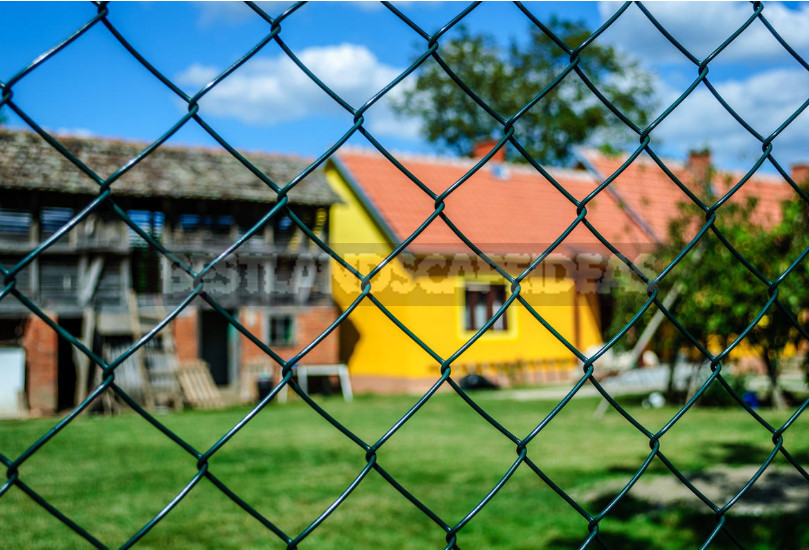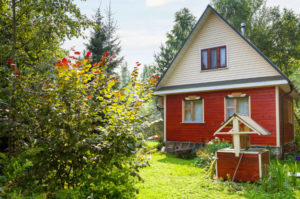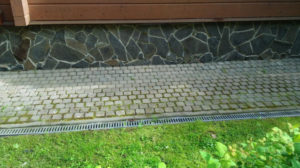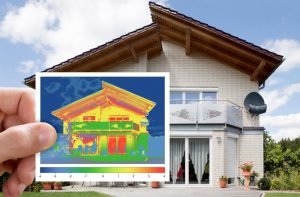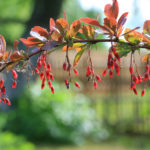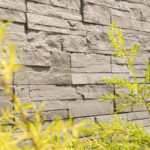The owners love the fences. Fencing a plot of land clearly and unambiguously demonstrates to others private ownership. Owners need fences because not everyone around them follows the rules: treat others as you would like to be treated.
Fencing — this is an indicator of prosperity of the owner, and the “suit” of the site, because it is in his mind passing and passing will judge the owner. But it is also wrong to spend all your savings for the registration of borders.
Metal grid
A grid is a simple, efficient, and in most cases probably the most inexpensive way to mark boundaries. Sometimes this is the only solution to arrange the division of adjacent plots. Because under the existing rules, plots, gardening can have a fence only on the side of the street or passage, as between neighbors governing documents require the light transmitting device of the hedges.
Rabitz
As a material for fencing is the most common, popular and recognizable mesh netting. It is a web of twisted into each other flat spirals.
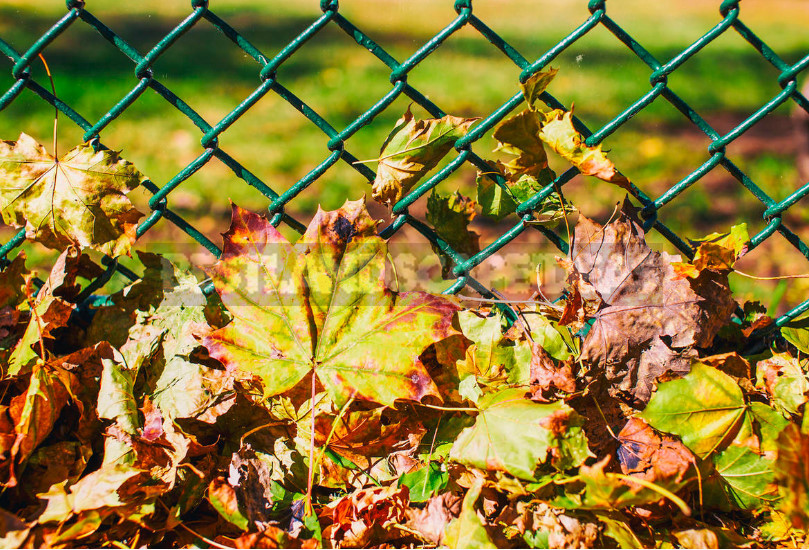
This feature allows you to increase the fence without visible seam to an infinite length. It is said that Karl Rabitz invented a machine for weaving it, and that the original purpose of such a grid was not the construction of fences, but the reinforcement during plastering. Indeed, the netting has a spatial structure, so it is much more effective for these purposes than flat plaster nets.
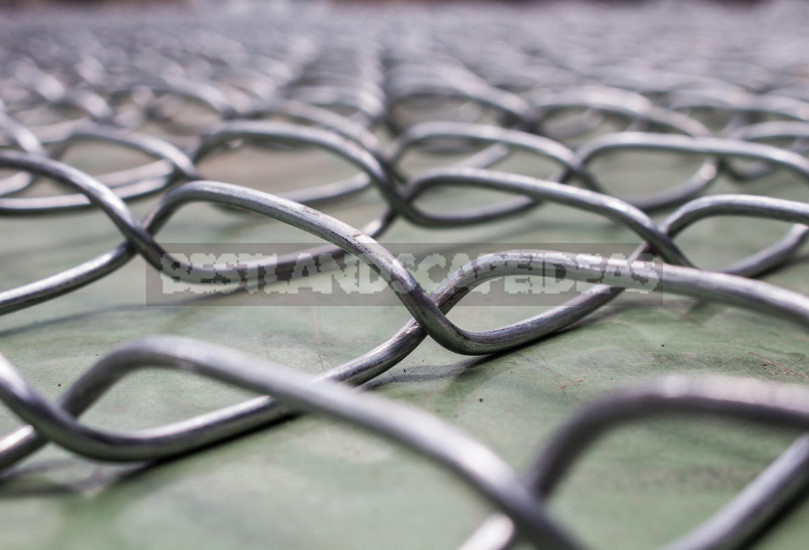
The produced mesh varies in cell size, wire thickness and roll width. The most common size — 1.5 m, but you can buy a canvas and four-meter width.
Mesh-netting is usually woven from steel wire, but exotic lovers can look for aluminum or stainless. To protect against corrosion, the wire is coated with zinc or polymer.
The easiest way to arrange a fence of such a grid — stretch it between the pillars. It is worth considering that when installing the fabric must be well pulled, so you need to provide sufficient strength and stability of the pillars. In addition, over time, the metal mesh sags under its own weight.
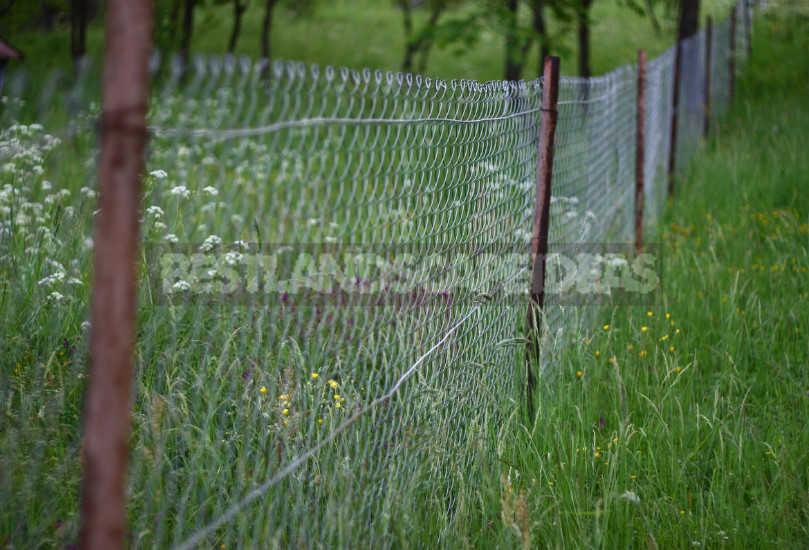
Another way is to make separate sections in a rigid metal frame. This fence will look more solid, but the cost will increase.
In extreme cases, if you have a lot of wire and have free time and desire, netting can be woven independently on a small artisanal machine. However, I can not say that this will be the cheapest option. When calculating the cost of the finished fence do not forget to take into account the cost of poles.

In addition to the usual netting, there are other types of metal nets made of wire, which differ in the method of manufacture, and hence the appearance and technical characteristics. And the price, of course. You can meet the following options: hexagonal twisted mesh Magnier, woven, prefabricated deformed wire, all-metal expanded metal mesh, hinged.
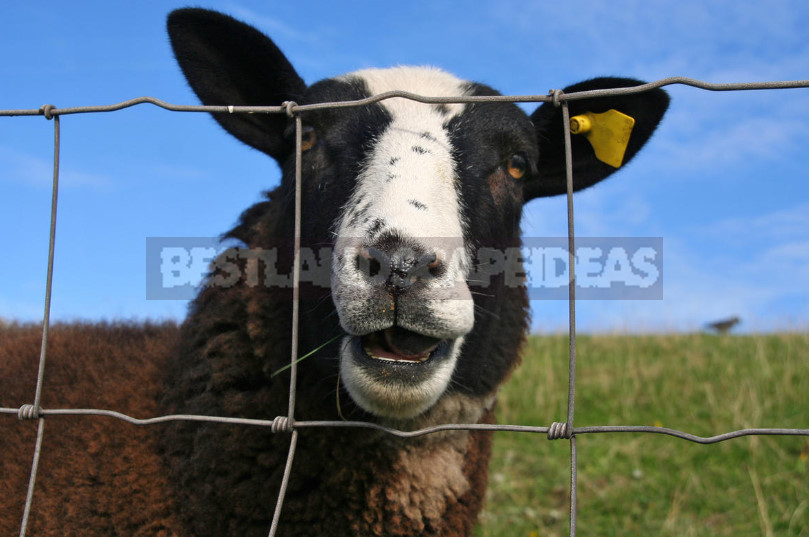
Welded mesh
Welded mesh — structures in which individual bars are rigidly connected to each other by welding. No deformation — a distinctive feature of the welded product from the others. Most often for the manufacture of fences offered mesh 3D Gitter.
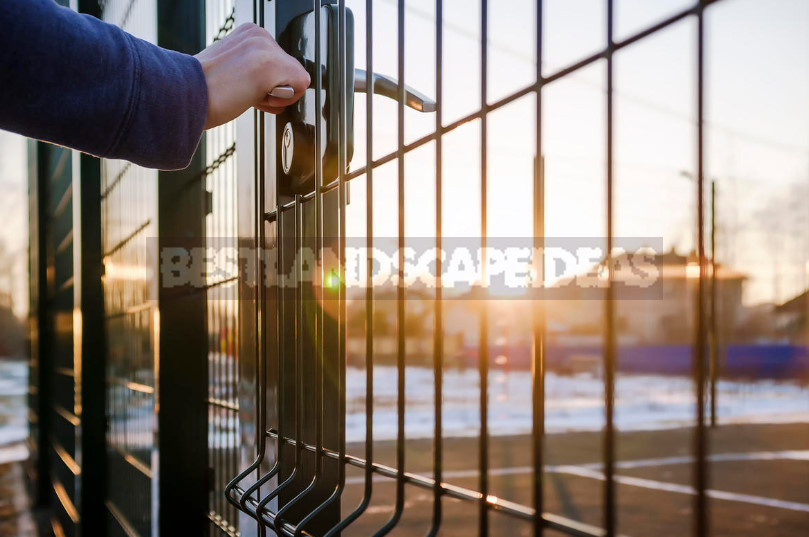
The thickness of the rods and the design make these fences strong enough, but at the same time transparent, which is important for connoisseurs of open space. The other kind of welded commonly used in the construction of fences, the so-called Lepse-Suite — a flat mesh with bending rods in the same direction.
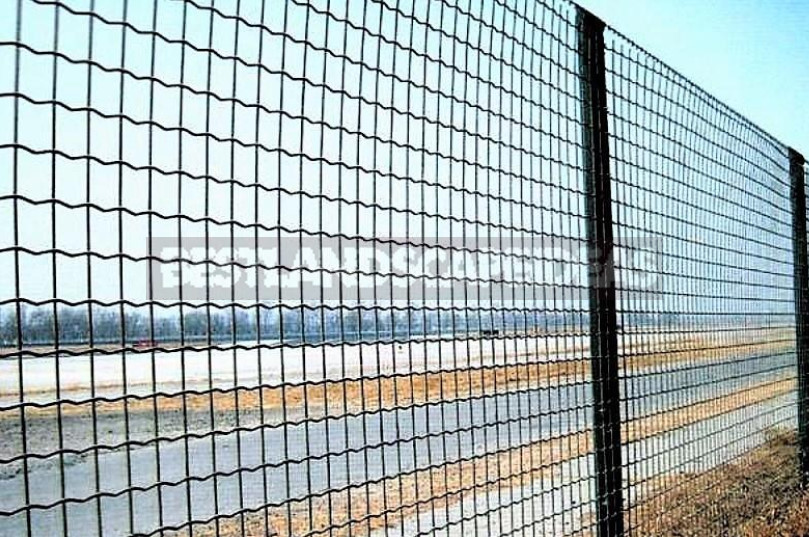
Non-metallic nets
In addition to metal, the industry produces a grid made from PVC and other plastics. Often it is not only not the worst choice in comparison with metal, but also more effective. They are much lighter in weight and do not corrode. Also, modern plastic products have an enviable strength.
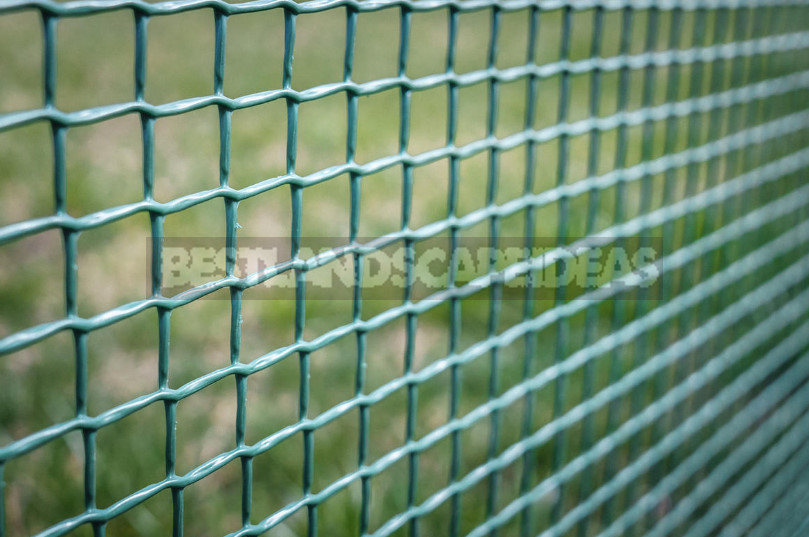
Often, mesh, plastic, imitate their appearance metallic counterparts, for example, a grid-netting or welded structure. But you can find unusual options and not only green. The cost of plastic mesh depends on the size, thickness and is comparable to metal.

In addition to the fence, the scope of plastic nets because of their species diversity is huge: you can fence the site, to delimit areas in the garden and garden, used as supports for climbing plants.
In addition to the proposed special fence solutions, as a fence, you can apply those grids that were originally invented for other purposes.
Facade grid
As a material for the fence can be well suited facade mesh — mesh polypropylene fabric for shelter scaffolding. It has undeniable advantages, giving reason not to pay attention to not too elegant appearance.
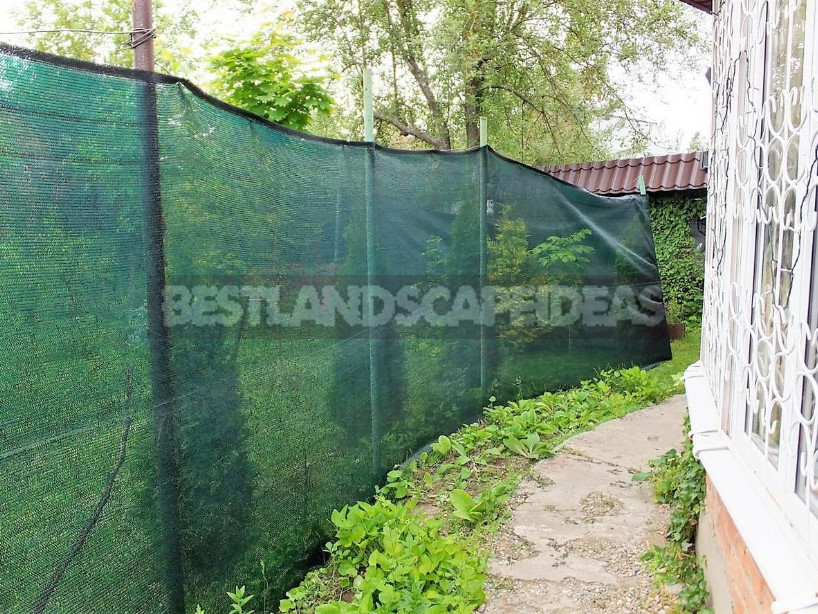
It is also worth paying attention to camouflage nets — similar to those used by the military. By the way, it is not necessarily your fence of this material will cause passers-by Association that in your garden you Park a tank or helicopter.
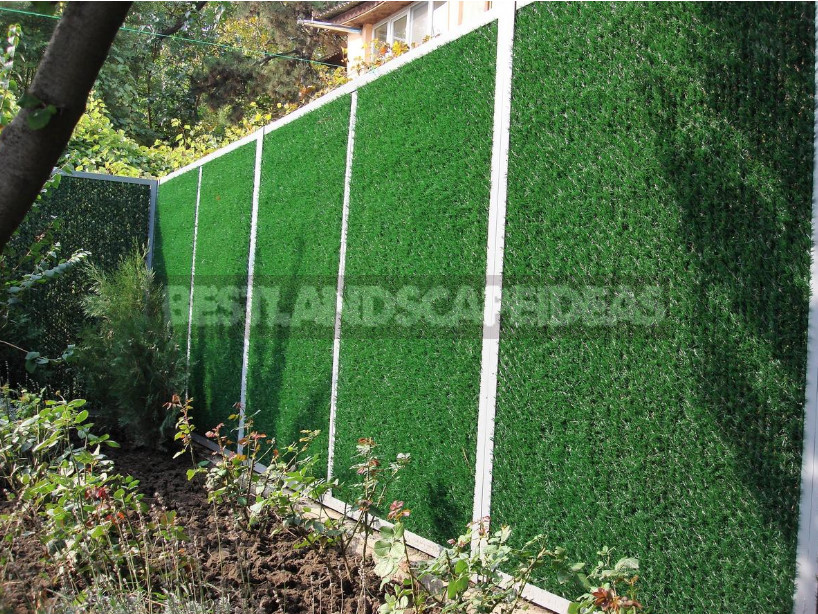
Banner grid
Another not quite traditional variety of materials for the device fences — mesh used for advertising purposes — banner. It is printed posters and used, for example, for the manufacture of stretch marks across the street. Unlike the continuous banner cloth mounted on billboards, advertizing extensions do blown that they were not torn at strong gusts of wind.

Well, the possibilities of modern photo printing will allow you to order a grid for fencing with any pattern: from the real landscape of your area to fantastic landscapes.
The materials used for the manufacture of fences are quite diverse, in the construction markets they are presented in different price categories. You can choose them, focusing on appearance and cost.
